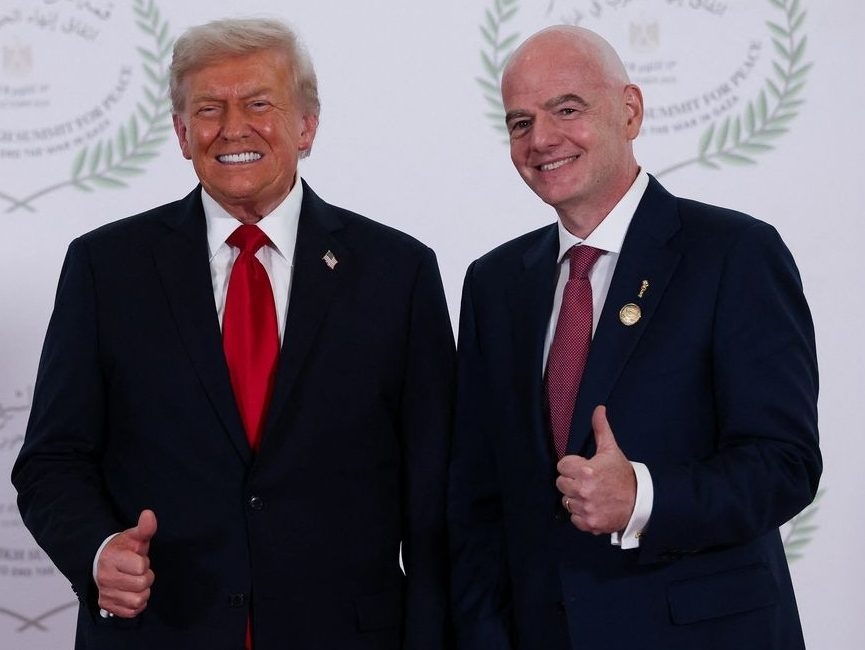A ballistic missile streaked across the sky off North Korea’s east coast Friday, a stark reminder of the escalating tensions in the region. The launch occurred mere days after a high-level visit from a U.S. defense official, intended to solidify alliances and project strength against Pyongyang’s growing ambitions.
South Korean military officials tracked the suspected short-range missile as it ascended from an inland location near Taekwan, arcing eastward over the East Sea for approximately 435 miles. This wasn’t a random act; intelligence indicated preparations were underway, suggesting a deliberate and calculated move by North Korea.
Fortunately, initial reports from Japan indicated no immediate injuries or damage resulting from the launch. However, the event served as a chilling demonstration of North Korea’s capabilities and a direct challenge to regional stability.
This launch is part of a recent pattern of increased missile activity, with North Korea showcasing what it describes as “cutting-edge” strategic weapons. The frequency and sophistication of these tests are raising alarms among international observers.
The U.S. official’s recent visit to South Korea focused heavily on bolstering the alliance and encouraging increased investment in South Korea’s defense capabilities. Discussions centered on strengthening Seoul’s ability to deter aggression from the North, independently and in coordination with the United States.
A key element of this strengthened partnership involves support for South Korea’s plans to develop nuclear-powered submarines. This move signals a commitment to providing allies with the resources they need to defend themselves, ensuring they possess the most advanced capabilities available.
The United States and South Korea have long maintained a close military relationship, a necessity given North Korea’s relentless pursuit of weapons development. The recent visit aimed to reaffirm that commitment and underscore the importance of deterrence.
While the primary focus remains squarely on North Korea and its nuclear arsenal, discussions also touched upon potential regional contingencies. The possibility of utilizing the 28,500 U.S. troops stationed in South Korea for conflicts beyond the peninsula wasn’t dismissed, though it remains secondary to the immediate threat.
Friday’s missile launch underscores the precarious security landscape and the ongoing challenges posed by North Korea’s expanding missile program. Analysts in Seoul and Tokyo are now meticulously examining the data, working in concert with U.S. counterparts to understand the implications of this latest provocation.






